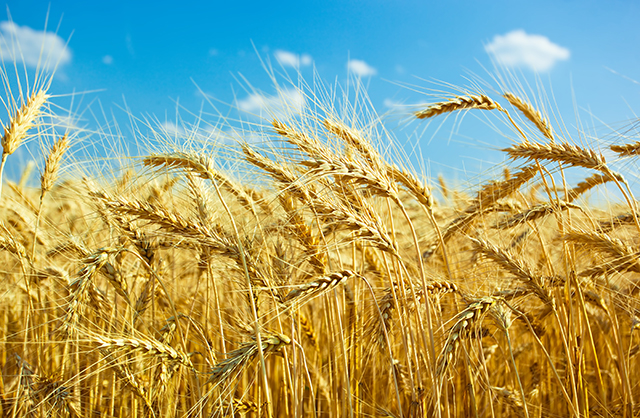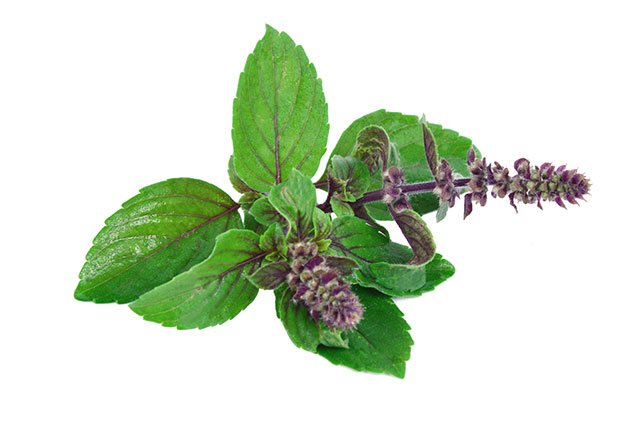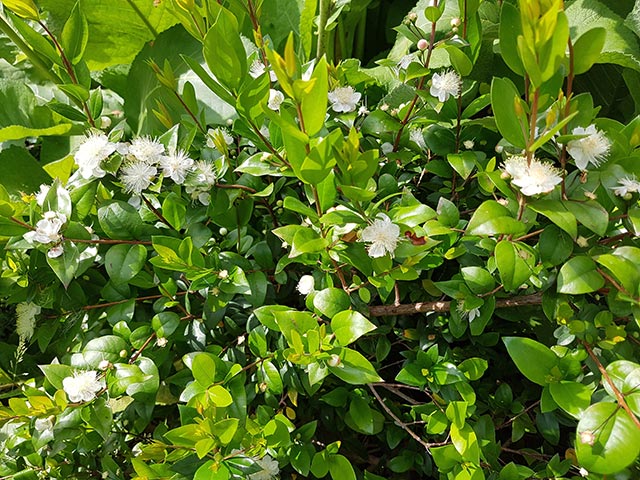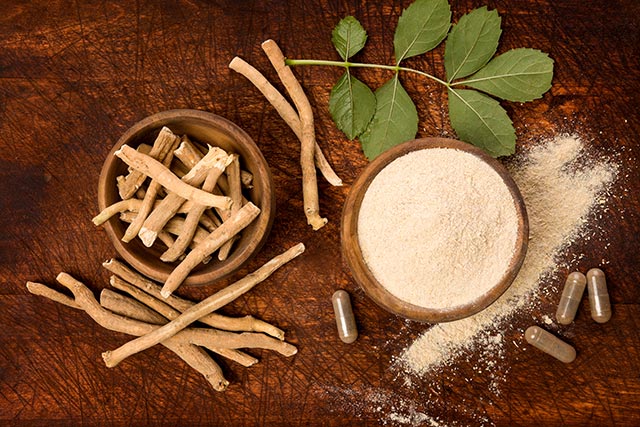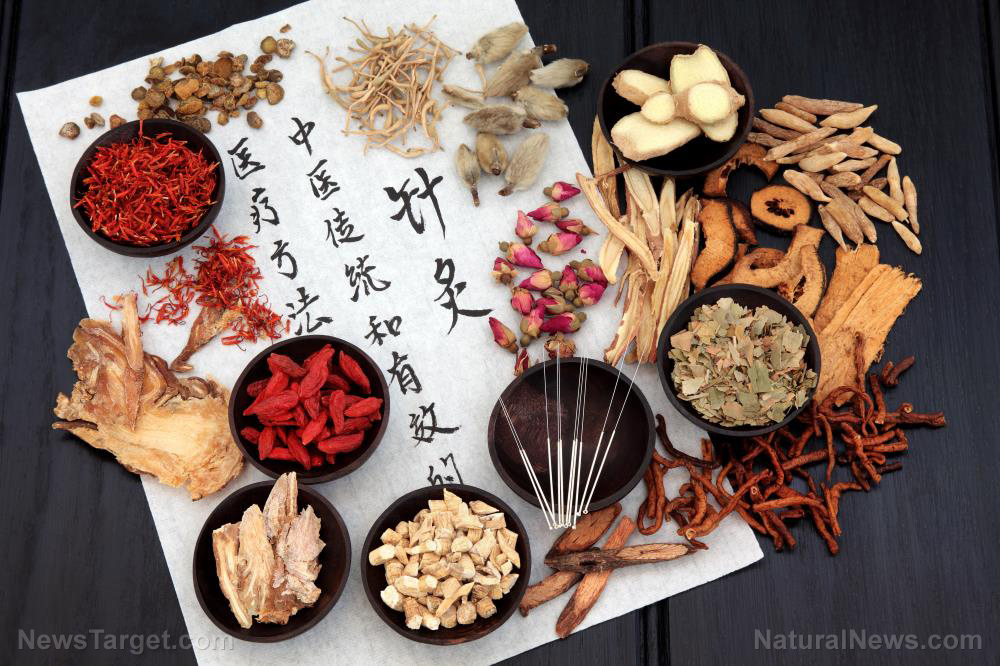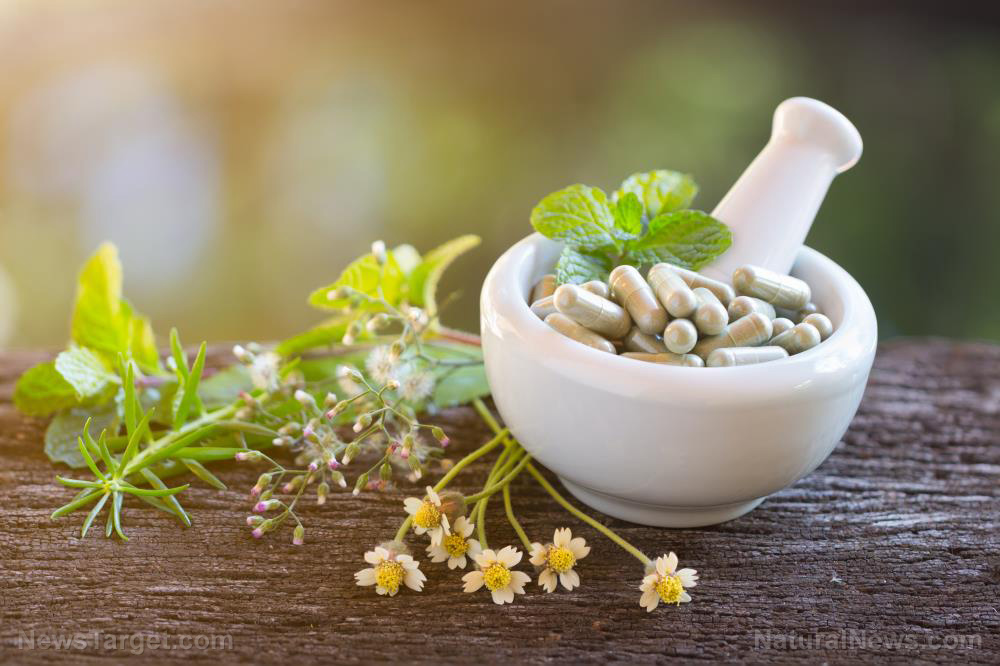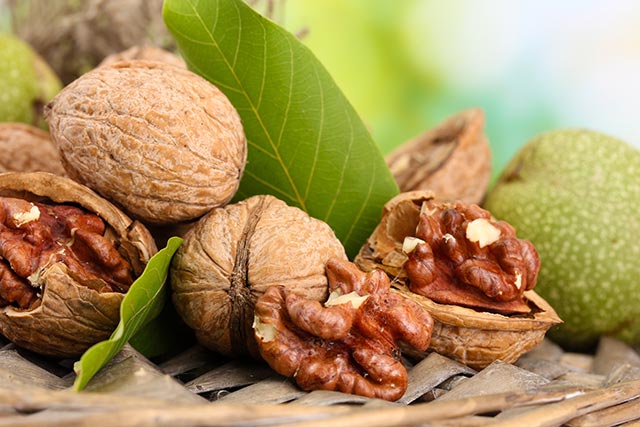Buckwheat is an underutilized crop that holds great antioxidant potential
10/30/2018 / By Ellaine Castillo

The tartary buckwheat (Fagopyrum tataricum) is a pseudocereal crop often milled into flour. Researchers from the University of Kashmir and Jamia Millia Islamia have also discovered that tartary buckwheat can be utilized for its antioxidant effect.
From its beginning in China, tartary buckwheat has now spread through most of the world, from the rest of Asia to Europe and North America. Aside from being a staple food in countries like Nepal, the tartary buckwheat has also caught the interest of many food scientists because of its nutraceutical properties. These nutraceuticals are products derived from food that exhibit both nutritional and pharmaceutical value.
The many bioactive compounds found in tartary buckwheat, which includes phenols, fagopyrins, fagopyritols, resistant starch, dietary fiber, vitamins, lignans, and rutins, contribute to its nutraceutical value. Among these compounds, the glycoside rutin seems to be of particular interest due to its many functions. It can be used to reduce inflammation, inhibit cancer, or stabilize blood pressure.
In this study, which was published in Free Radicals and Antioxidants, researchers looked into the potential antioxidant activity of tartary buckwheat, as a result of its arsenal of bioactive compounds. Antioxidant activity is important since it is responsible for getting rid of harmful, unstable, and highly reactive free radicals produced by metabolic activity. These antioxidants are commonly found in plants, in the form of phytonutrients, such as flavonoids and polyphenols.
Using extracts from tartary buckwheat leaves, a qualitative analysis was conducted to determine the phytochemicals present. Results of the analysis show that tartary buckwheat contains coumarins, alkaloids, flavonoids, phenols, tannins, saponins, phlobatannins, glycosides, and anthoquinones. In addition to this, researchers also determined the total phenol and flavonoid content for methanol and ethanol extracts of tartary buckwheat. Phenol and flavonoid are important bioactive compounds since, as previously mentioned, they have antioxidant activity. Researchers observed that methonal extracts had higher total phenol and flavonoid content.
The power of the elements: Discover Colloidal Silver Mouthwash with quality, natural ingredients like Sangre de Drago sap, black walnut hulls, menthol crystals and more. Zero artificial sweeteners, colors or alcohol. Learn more at the Health Ranger Store and help support this news site.
Gas chromatography and mass spectrometry (GC-MS) profiling was also used to determine the metabolites present in methanol extracts of tartary buckwheat. Results showed that the following organic compounds are present in the methanol extract: fatty acids, hydrocarbons, steroids, terpenoids, esters, organic acids, aldehydes, vitamins.
To substantiate the claims that antioxidants are present in tartary buckwheat, antioxidant activity was also determined. Evaluation was done based on reducing power, ferric reducing antioxidant potential (FRAP) assay, as well as superoxide, hydrogen peroxide, and 2,2-diphenyl-1-picrylhydrazyl (DPPH) free radical scavenging activities. Overall, the results of these experiments show that the methanolic extract of tartary buckwheat has higher antioxidant potential than ethanol extracts. In addition to this, it was also observed that reducing power and free radical scavenging activities increase with extract concentration.
From these results, the researchers concluded that tartary buckwheat has high free radical scavenging activity, giving it a potent antioxidant potential. The different bioactive compounds present are possible contributors to antioxidant activity. In addition to these, the presence of the different metabolites also proves that the tartary buckwheat has potential nutraceutical value. These results show that, similar to its cousin, the common buckwheat, tartary buckwheat also has multiple health benefits. (Related: Three reasons to eat buckwheat.)
Other antioxidant-rich foods
Aside from tartary buckwheat, here are some other foods that are rich in antioxidants:
- Blackberries – As people age, their cognitive and motor skills start to decline. Studies have shown that antioxidants in blackberries can slow down this decline. In addition to this, blackberries also have high vitamin C and fiber content.
- Pecans – Manganese found in pecans have shown the antioxidant potential that can help slow down aging. Eating these nuts can also reduce cholesterol levels.
- Walnuts – Similar to pecans, walnuts also contain high manganese levels. Additionally, they are also rich in one type of healthy omega-3 fatty acid known as alpha-linolenic acid.
- Blueberries – The blue color of blueberries is caused by the antioxidant, anthocyanin. This specific type of antioxidant has been linked to the inhibition of cancer cell growth.
Learn more about the antioxidant potential of tartary buckwheat by visiting Nutrients.news today.
Sources include:
Tagged Under: alkaloids, antioxidants, coumarins, Fagopyrum tataricum, fatty acids, glycosides, hydrocarbons, malnutrition, natural ingredients, organic acids, phlobatannins, pseudocereal, saponins, Steroids, tannins, tartary buckwheat, terpenoids


